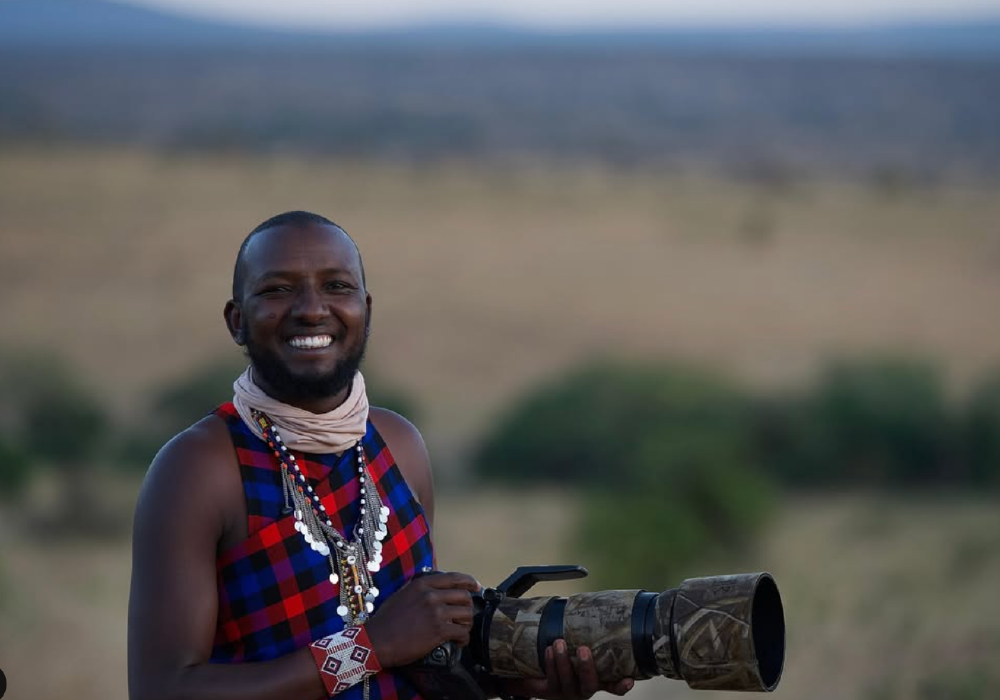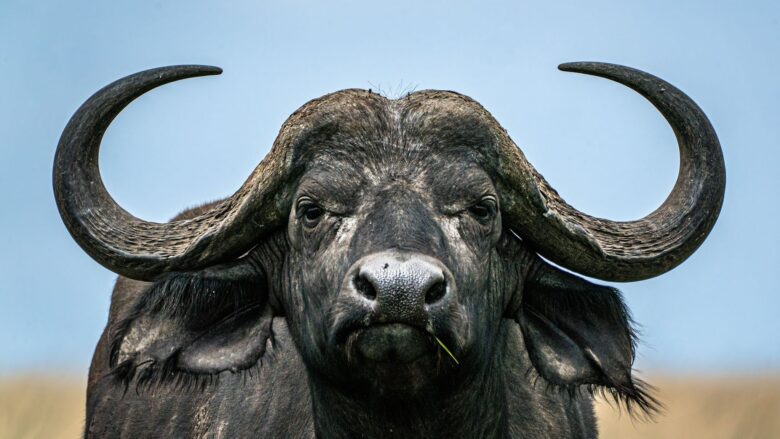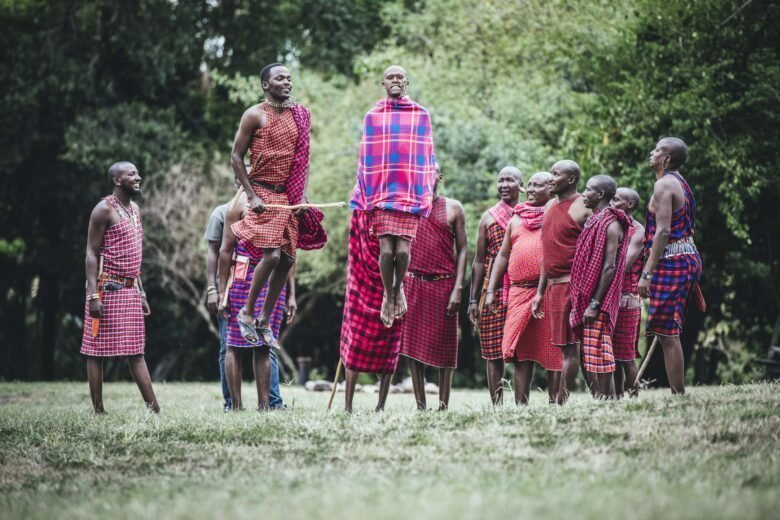For photography enthusiasts, a wildlife safari isn’t just a holiday; it’s a bucket-list adventure. Imagine capturing a golden sunrise as a lion prowls across the savannah or witnessing the chaotic beauty of the Great Migration. Safaris in Kenya offer unparalleled opportunities for professionals and hobbyists alike, blending breathtaking landscapes, abundant wildlife, and perfect lighting conditions.
To get those NatGeo-worthy shots, however, planning is key. This comprehensive guide will walk you through everything you need to know to plan the ultimate wildlife photography safari, including timing, locations, essential gear, and tips for creating striking images.
Why Kenya Is a Top Destination for Wildlife Photographers
Kenya has long been a favourite destination for nature lovers, and it’s easy to see why. For wildlife photographers, it offers the ultimate canvas, where nature’s drama plays out against a backdrop of sweeping plains and open skies.
A Diverse Range of Fauna
Kenya is home to the Big Five (lion, elephant, buffalo, leopard, and rhino) and so much more. The annual Great Migration, where thousands of wildebeest and zebras traverse the Mara River, is a spectacle that draws photographers from across the globe. Predators like cheetahs and hyenas are also common sights, often captured mid-hunt.
Perfect Light and Landscapes
If you love playing with light, the early morning and late-afternoon glow of Kenya’s golden hours are magical. Open plains, acacia trees, and rocky outcrops (especially in areas like the Serengeti and Masai Mara) provide the perfect contrasts and textures for stunning compositions.
Accessibility and Stability
Kenya offers a robust tourism infrastructure, making it relatively accessible for international travelers. Its camps and lodges are world-class, and many cater specifically to photographers, ensuring your experience is smooth and worry-free.
When to Go Best Seasons for Safari Photography
Timing is everything when it comes to wildlife photography. Kenya’s seasons not only affect animal behavior but also influence the light, weather, and atmosphere of your photos.
| Season | Highlights for Photography |
| June to October | Experience the Great Migration, clear skies, and high wildlife density. |
| January to February | Enjoy golden light, newborn animals, and minimal dust interference. |
| March to May | Capture lush green landscapes amidst occasional rain showers. |
Pro Tip: Choose locations like Enkewa Camp inside the Masai Mara for flexibility. They offer tailored itineraries to maximize your chances of photographing key moments in both peak and off-peak seasons.
What to Pack for a Photography Safari
When you’re travelling to Kenya, preparation is vital. The right gear can make or break your photography safari.
Essential Photography Equipment
- DSLR or Mirrorless Camera: Opt for models with interchangeable lenses and fast shutter speeds.
- Zoom Lens (100-400mm): Ideal for close-ups without invading the animal’s space.
- Light Tripod or Bean Bag: Stabilise your shots in uneven terrain.
- Extra Batteries and Memory Cards: Safaris can be long, and electricity might be scarce.
- Waterproof Camera Bag: Protect your gear from rain, dust, and unexpected bumps.
Personal Essentials
- Neutral-colored clothing (to blend with surroundings)
- A wide-brimmed hat and sunscreen
- Binoculars for spotting distant wildlife
- Comfortable yet sturdy shoes
Choosing the Right Safari Camp
The choice of where you stay can significantly impact your photography safari. You’ll want a location that prioritises wildlife access and caters to photographers’ unique needs.
What to Look for in a Safari Camp
- Proximity to Wildlife
A camp like Enkewa, nestled in the Masai Mara National Reserve, allows you to wake up amidst nature. Early morning safaris begin straight from your doorstep.
- Photographer-Focused Facilities
Look for camps that offer private guides, flexible safari schedules, and access to less crowded areas. Many lodges also have designated spaces for reviewing and downloading images.
- Group Size and Vehicle Setup
Smaller group sizes in specialised photographic vehicles (with swivel seats and beanbag mounts) mean you won’t have to jostle for the perfect angle.
Enkewa Camp Photography in Nature’s Spotlight
Enkewa Camp truly shines for wildlife photographers. Committed to sustainability and authenticity, this boutique camp inside the Masai Mara offers an intimate connection to Kenya’s wildlife and landscapes.
Professional photographers will acompany you in your trip through Masai Mara.

Why Choose Enkewa?
- Exclusive Wildlife Access
With only five private tents, Enkewa ensures a serene and immersive experience. You’re unlikely to share wildlife sightings with anyone beyond your group.
- Specialised Guides and Vehicles
Enkewa’s team of Maasai guides understands the rhythm of both nature and photography. Vehicles are custom-built for photographers, offering optimal vantage points.
- Stunning Landscapes and Lighting
Whether it’s the open plains of the Savannah or secluded rocky enclaves reminiscent of the Serengeti, Enkewa offers diverse compositions. Morning safaris ensure you never miss the golden hour.
Explore More About Enkewa Camp Here
Tips for Shooting Better Safari Photos
- Shoot in Burst Mode and RAW
Animals can be unpredictable. Increasing your frame rate ensures you don’t miss that perfect moment. RAW files also allow for more flexibility in post-processing.
- Anticipate Animal Behavior
Learn the habits of your subjects. For instance, zebras often gather in fascinating group patterns when they sense predators nearby.
- Include the Landscape
Don’t just zoom in on the animals. Incorporate the dramatic landscapes that give context to their movements and stories.
- Respect Wildlife
Never crowd or startle animals for the sake of a shot. True wildlife photography is about observing, not interfering.
The Reward of a Photography Safari
A wildlife photography safari is far more than a technical endeavor; it’s an invitation to connect more deeply with the natural world. It teaches patience, curiosity, and respect for the untamed.
At Enkewa Camp, you’ll not only capture unforgettable images but also experience the raw beauty of Kenya with guides who know and love the land as their own.
So, pack your camera, perfect your technique, and prepare to tell stories through every frame. This is your chance to compose memories that will last a lifetime.

